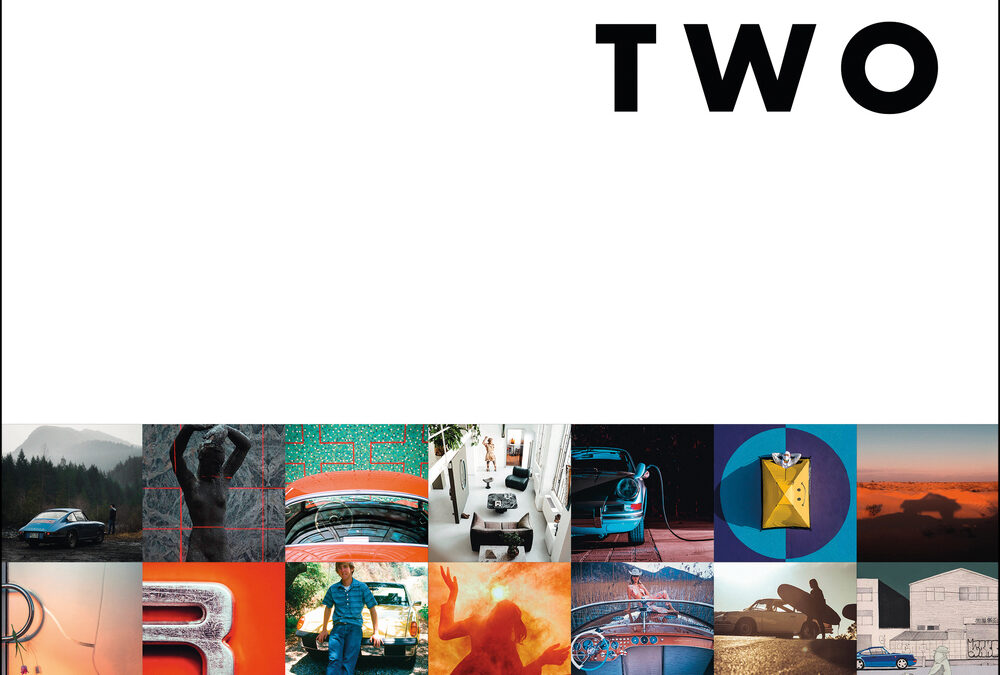
A nostalgic and celebratory look back at one hundred years of passenger flight, featuring full-color reproductions of route maps and posters from the world’s most iconic airlines, from the author of bestselling cult classic Transit Maps of the World.
In this gorgeously illustrated collection of airline route maps, Mark Ovenden and Maxwell Roberts look to the skies and transport readers to another time. Hundreds of images span a century of passenger flight, from the rudimentary trajectory of routes to the most intricately detailed birds-eye views of the land to be flown over. Advertisements for the first scheduled commercial passenger flights featured only a few destinations, with stunning views of the countryside and graphics of biplanes. As aviation took off, speed and mileage were trumpeted on bold posters featuring busy routes. Major airlines produced highly stylized illustrations of their global presence, establishing now-classic brands. With trendy and forward-looking designs, cartographers celebrated the coming together of different cultures and made the earth look ever smaller.
Eventually, fleets got bigger and routes multiplied, and graphic designers have found creative new ways to display huge amounts of information. Airline hubs bring their own cultural mark and advertise their plentiful destination options. Innovative maps depict our busy world with webs of overlapping routes and networks of low-cost city-to-city hopping. But though flying has become more commonplace, Ovenden and Roberts remind us that early air travel was a glamorous affair for good reason. Airline Maps is a celebration of graphic design, cartographic skills and clever marketing, and a visual feast that reminds us to enjoy the journey as much as the destination.
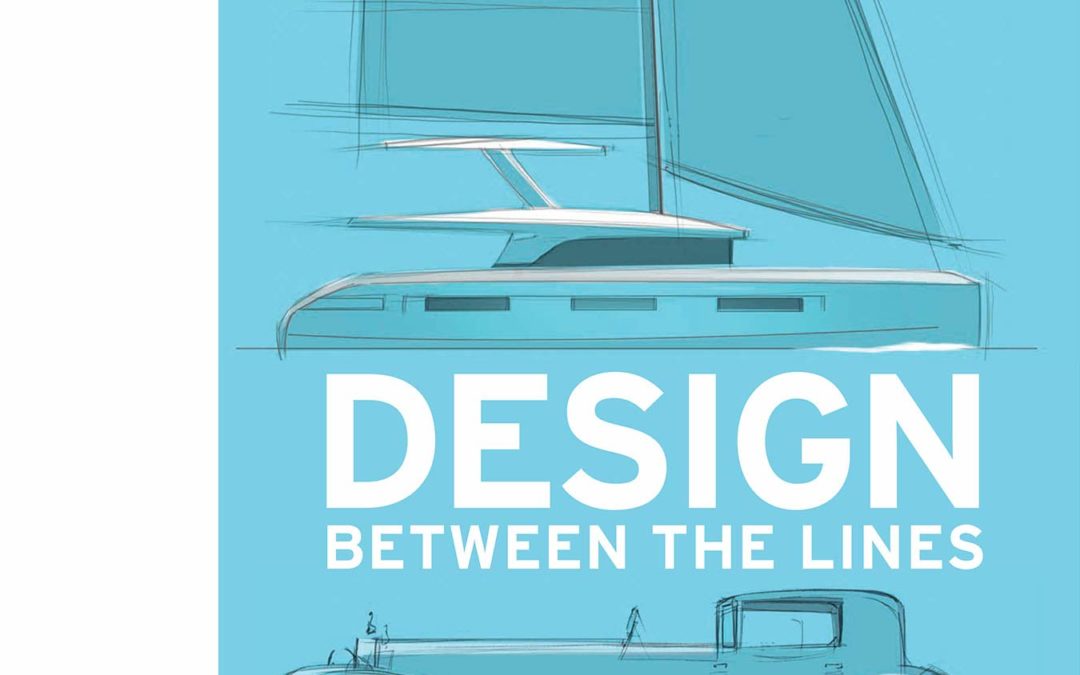
The car industry and the way in which cars are created have changed beyond all recognition over the last half-century. Automotive styling was once the grudging afterthought when the engineers had finished their work. Now, following a short flirtation with exotic Italian design houses, it has evolved into sophisticated design carried out by multitalented in-house teams honing carefully crafted brand identities.
One of the visionary designers at the forefront of that revolution has been Patrick le Quément. Most widely acclaimed for his 22 years in charge of Renault Design, resulting in such standout models as the Twingo, Scénic and Avantime, le Quément has enjoyed a 50-year career that has also taken in Simca, Ford and Volkswagen-Audi. In his foreword to the book, Stephen Bayley calls le Quément ‘perhaps the very most original designer working in the conservative car business at the turn of the millennium’. Some 60 million cars across the world now bear the unmistakable stamp of le Quément.
Design: Between the Lines is not a straightforward autobiography; rather, le Quément charts his journey through five decades of thoughts, actions, failures and successes. He offers fascinating commentaries on design and the creative process, and on some of the extraordinary automotive brands that make up our shared cultural heritage. As Bayley notes, for le Quément, design is ‘as much a matter of thinking as a matter of drawing’. On a broader, more philosophical level, le Quément also shares his views about life in general and that remarkable contraption called ‘the automobile’, which has so influenced the lives of millions of people the world over from the late 1800s to the present day.
Presented as a series of 50 brief essays or ‘perspectives’, le Quément’s thoughtful and astute observations from the street, from the design studio and from his seat in the boardroom give the reader a penetrating and often amusing insight into the high-level workings of a global industry, its triumphs and tragedies, and the foibles of the decision-makers responsible for running it. A lively complementary text by the automotive journalist Stéphane Geffray accompanies each of le Quément’s perspectives, and illustrations are provided by the automobile designer Gernot Bracht. Design: Between the Lines will appeal to all motoring fans and enthusiasts of good design. As Chris Bangle, the former Director of BMW Design, remarks: ‘Few car designers have had a career so filled with innovative successes that they have inspired a whole industry; fewer still have the skills to share it. Engaging and revealing, Patrick relates his personal experience and deep knowledge of car design in a very enjoyable manner.’

These cars are futuristic, utopian, eccentric, and always ahead of their time. From models that were never presented to consumers to those produced as limited series, Fast Forward shows cars that pique people’s interest and enthusiasm. From cars never shown to those models that see small production runs, Fast Forward presents vehicles that are just as much sculpture as automobile. Iconic winglets adorn models from the 50s. Automobiles of the 70s appear to be works of science fiction rather than modes of transportation. Classic interpretations and vintage prototypes that hinted at the future of yesteryear. Every decade has it own ideas of the future. The timeline of concept cars is narrated through an alluring pairing of project images and stories from inside studio walls. Designers discuss the catalysts behind their creations from the first scribble upon a blank page to a 3D model to the roadways. Fast Forward showcases the past, present, and, in the true spirit of concept cars, the future of this intriguing and diverse realm.

The extraordinary Junkers Ju 287, the first truly swept-winged, jet-powered aircraft, took to the sky in August 1944, at a time when Germany was suffering sustained round-the-clock bombing by the Allied air forces. Despite such adverse development conditions, this large and futuristic aircraft represented a remarkable accomplishment in aeronautical design. It was a flying test bed built to develop the technology required for a multi-engined jet bomber aircraft and was powered by four Junkers Jumo 004 engines.Featuring a revolutionary swept forward wing and built largely from scavenged components from other aircraft, it was designed and came to fruition very quickly, using parts of a Heinkel He 177 and a Junkers Ju 88 bomber. The project was considered ‘top secret’ and evaded Allied intelligence for many months.This exciting new book is beautifully illustrated throughout with striking photographs, several of which are previously unpublished, and contains much new and revised information on the Ju 287. It is certain to become the definitive account of this remarkable aircraft. The authors also trace the development of forward swept-winged aircraft prior to its appearance, the aircraft’s subsequent history in the Soviet Union, its post-war influence on aircraft projects, and designs produced in Germany. A unique and compelling account for all aviation enthusiasts.
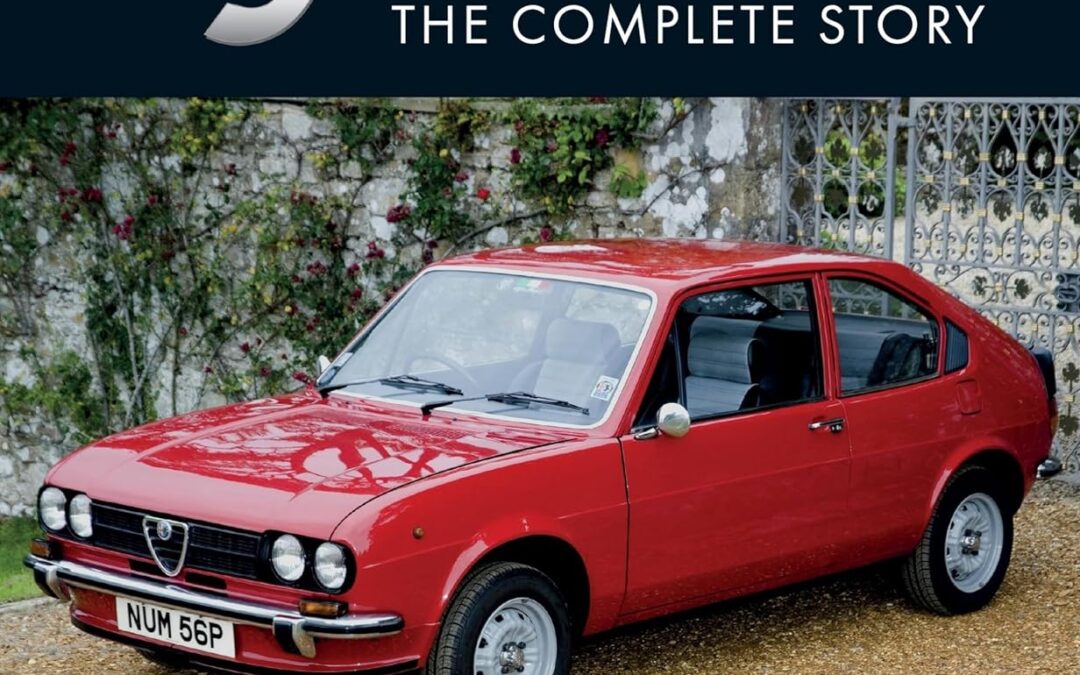
Launched in 1971, the Alfasud was an all-new departure for Alfa Romeo, both in its design and its execution. Originally it was developed with the dual intentions of launching the company into large-volume production and providing a more affordable model than their highly regarded sports cars. However, its story was far from straightforward. Although respected for its technically brilliant design and universally praised for its ride and handling, the model never quite reached its full sales potential and its reputation was marred by problems that could not have been foreseen. With over 240 photographs, this book includes: ·A brief history of Alfa Romeo to the end of the 1960s ·The development of the Alfasud’s design and the political reasons for building a new factory ·The car’s reception from both the press and owners ·The evolution of the model from initial prototypes, to the improvements to build quality and performance, including the Giardinetta and Sprint variations; ·Alfasuds in competition ·A discussion of the political and labour problems, as well as the early quality-control issues, and ·Specification tables, performance data, chassis numbers, engine codes and colour charts.
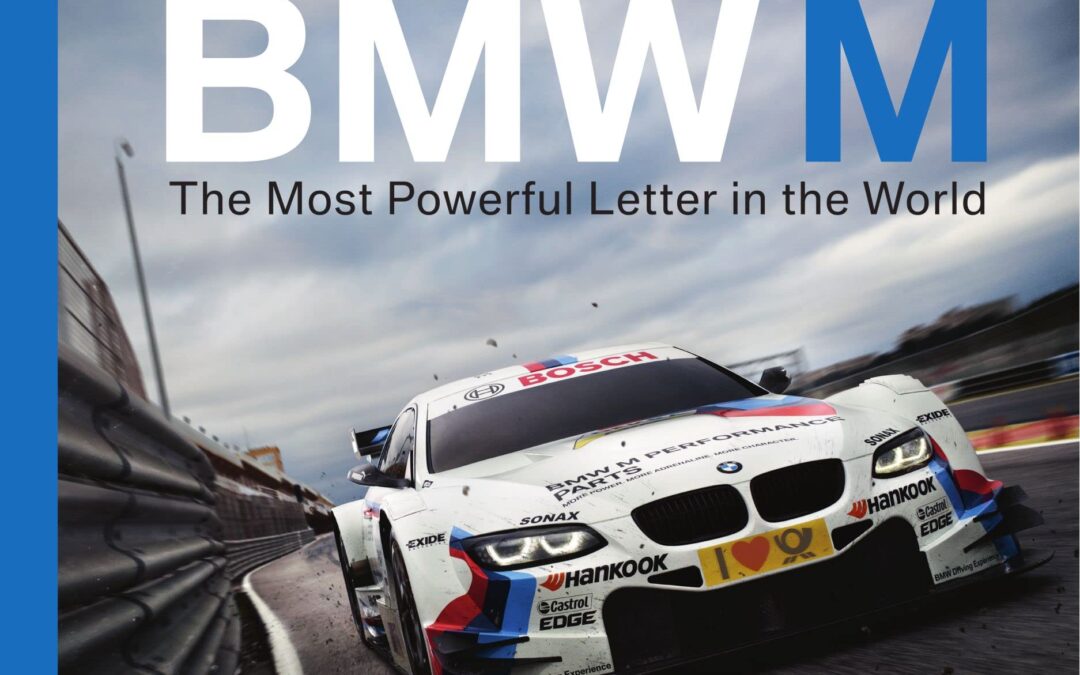
Motorsports as passion: Fifty years of BMW M.
BMW M achieved spectacular victories on all the world’s famous racing circuits. The brand also produces a wide range of innovative high-performance limousines, many of which have achieved cult status and have become prized by collectors. This book tells the story of the fifty years of BMW M and shows what lies behind the “strongest letter in the world.” The lavishly illustrated book describes historic milestones in motorsports and presents outstanding models. It features newly photographed one-of-a-kind cars which were never produced in series; narrates the success of BMW M from different angles, describing progressive improvements in chassis technology and providing insight into the teams of experienced test and racing drivers as well as the innovative developers and engineers; and highlights the course for the brand to move forward into the future through the inclusion of electromobility. The publication is published in direct co-operation with BMW drawing images, sketches, designs, and information directly from the archive of BMW.

Space Race 2.0 is the only authoritative photographic history of the efforts of private companies—often alongside NASA—to accelerate humankind’s exploration and understanding of the final frontier.
The private space sector is growing tremendously. The industry’s consensus leader, SpaceX, headed by outspoken billionaire Elon Musk, is today worth an estimated $74 billion. And SpaceX and its chief competitors, Blue Origin and Virgin Galactic, are taking on more roles—flying cargo, supplies, and astronauts to outer space. Space Race 2.0 tells their story with expertly written text by science journalist Brad Bergan and stunning photography of the spacecraft, key players, and facilities in California, Texas, and Florida.
In the 1950s and ’60s, the first Space Race pitted two political ideologies against one another: either Communism or Capitalism would prove superior. Ultimately, the US landed on the moon, the race’s crowning achievement. Now, more than a half-century later, the Space Race has pivoted from a contest between ideological rivals to private aerospace firms competing for contracts.
Today, rather than symbolic goals motivated by patriotism, the defining success of a launch system extends beyond engineering and science to image and ROI. Founded in 2002, SpaceX’s trajectory was determined by Musk’s realization that he could achieve higher profits by vertically integrating—manufacturing his own rockets and spacecraft—rather than relying on third parties. The decision was prescient, resulting in a state-of-the-art headquarters in Hawthorne, California, and a series of stunning achievements.
Space Race 2.0 follows the development of commercial space exploration to the present. While tentative first steps in private ventures are covered, such as those by Space Services Inc. and Orbital Science in the 1980s and ’90s, the focus is on today’s major players: SpaceX, Blue Origin (headed by Amazon founder Jeff Bezos), and Virgin Galactic (founded by Richard Branson). While examining the hardware, Bergan also explores such considerations as the importance of design-forward equipment and the endgame: what ultimately is “in it” for firms at the forefront? Natural resources? NASA and ESA contracts? Commercial travel? Communications? And what legal boundaries, if any, restrain corporate interests in space?
Space Race 2.0 is the ultimate visual look at this relatively young industry, looking back at recent remarkable decades—and ahead to what the future might bring.

Porsche is a world-renowned brand that is known best for producing highly sought-after sports cars and exotic cars and more recently for high-performance sport utility vehicles (SUVs) and high-tech luxury electric cars. Additionally, Porsche is a world-dominating sports car racing brand with factory-built-and-backed motorsport activities dating to the early 1950s, having won the 24 Hours of Le Mans outright more than any other carmaker, dominating sports car racing, endurance racing, and championship-level rallying around the world.
Enthusiasts at all levels generally recognize and can identify on sight Porsche’s most iconic and mainstay models, such as the original 356 models of the 1950s and early 1960s, the seminal 911 first shown in 1963 and still in production nearly seven decades later, and perhaps the mid-engine 914. Each of these model platforms contain many subsets of special-edition versions built to higher levels of style, performance, luxury, or rarity. These include a variety of anniversary editions, commemorating certain landmarks in the marque’s history.
Lumping all Porsches into the “if you’ve seen one, you’ve seen them all” category is to miss the design, details, and performance of many great cars. These cars range from relatively straightforward color and trim combinations to limited-edition, high-performance machines, including several generations of modern 911-based Speedsters, Turbos, slant-nose Flachbaus, select RS and ClubSport models, special 356s, factory and independent concepts, and design studies. The unique work of low-volume production houses, such as Germany’s RUF, and high-end restoration and custom build shops, such as Singer Vehicle Design, Guntherwerks, and others, are also found here. This book contains a veritable Smorgasbord of interesting, rare, and unique special Porsches from around the world.
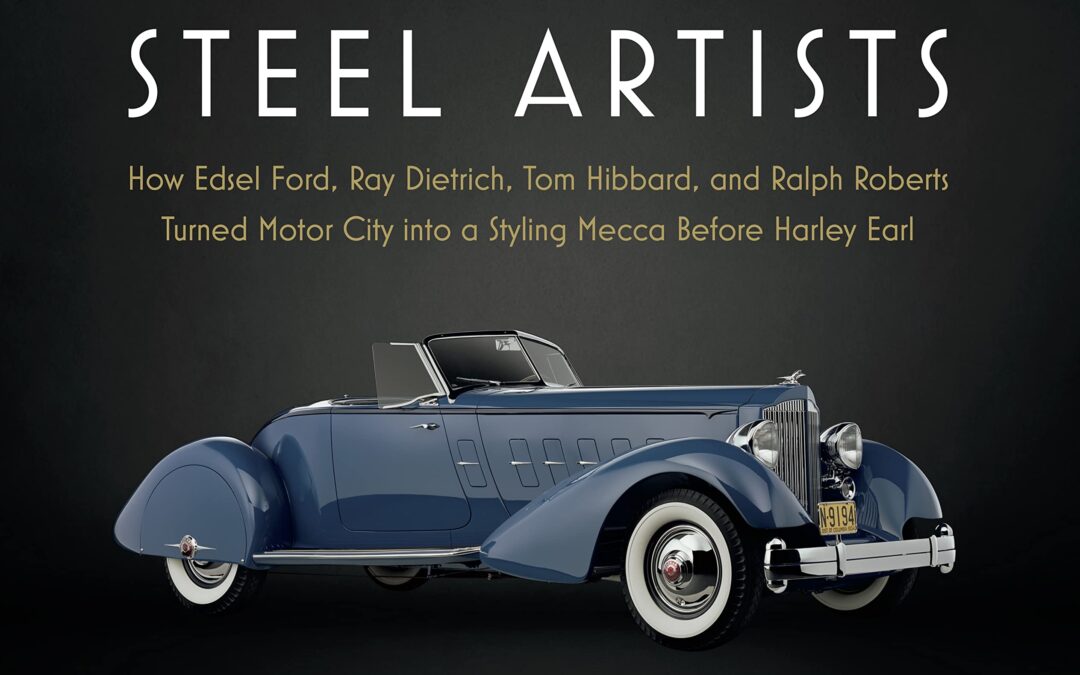
A groundbreaking book on how automotive styling was born, the artists who made it happen, and how Motor City was changed forever.
Printed in a large 12″ x 12″ format with 296 hardbound pages, Detroit Steel Artists is the first comprehensive story about the avant-garde artists of the automotive business—the industries’ outcasts who changed Motor City forever and made styling an important selling point in the early 1920s.
Styling is a given today for selling cars. How did that come to be? Societal changes, including the modernization of business and the women’s movement, were powerful factors for styling’s rise in significance. The forward-looking semi-custom car designs, from companies such as Le Baron and Dietrich, became a key strategy for styling’s acceptance in Detroit for production cars—before Harley Earl.
Inspired by Edsel Ford’s vision, Ray Dietrich, Tom Hibbard, and Ralph Roberts battled with engineers and executives in drafting rooms and board rooms over design. Packed with lively first-person stories supported by extensive research, Detroit Steel Artists relates the successes and failures of these fascinating pioneering steel artists. With more than a hundred period and modern images, Detroit Steel Artists takes readers on a panoramic tour of some of the most beautiful cars of the Classic Car Era—the zenith of automotive design.

RS ICONS COLLECTOR’S EDITION
EVERYONE LOVES A SECRET – THIS BOOK IS FULL OF THEM.
In the 1970s and ’80s Ford Design was a hotbed of talent. As its gifted designers thought ever-more out of the box they pushed forward the boundaries of mainstream car design.
This amazing two-book Collector’s Edition is the fascinating – yet never previously told – story of how the world’s best design team created not just some of the era’s most fondly remembered cars but hundreds of others that have never been seen before.
It pulls the covers off an astounding, scarcely believable array of one-offs, prototypes, and cancelled cars that were kept secret. They are revealed in previously private photographs and extraordinarily rare design sketches.
Ford gave the author – a former Ford product designer – first-time access to its most confidential archives and more than 50 former Ford designers and engineers opened up their long-concealed files.
Everyone loves a secret: these previously hidden cars have waited decades to tell you theirs.
-Over 100 never-seen cars revealed
-Design stories of the most iconic ’70s and ’80s Fords
-Forewords by Ford’s former chief designer and engineer
-Insiders’ stories of the ultimate unicorn: Escort RS1700T
-Beautiful design sketches – published for the first time
-Head-spinning prototypes and one-offs
Two-book Collector’s Edition includes the following:
- Signed and numbered by the author
- Additional Scrapbook containing over 200 additional images and never-told stories
- Beautiful, boxed slipcase for both books with unique artwork
- Two free “Secret Fords” posters worth £9.50 each
- Limited to 600 sets
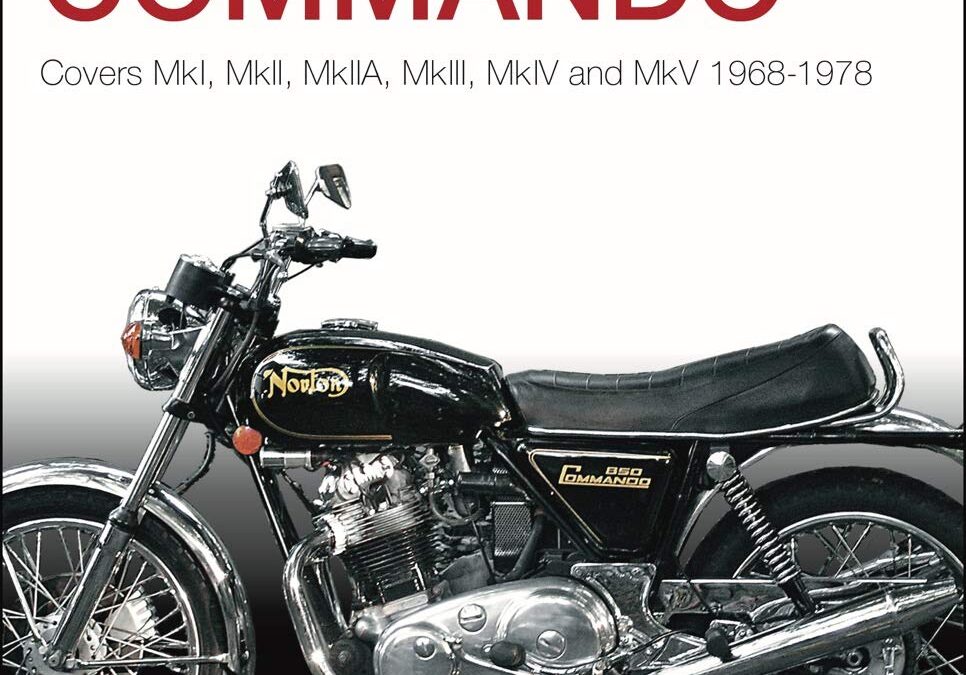
There are lots of books about the Norton Commando; about its history, performance, lineage, and the minutiae of its specification. But none of them will tell you what to look for when buying one secondhand. That’s what this book is about – it is a straightforward, practical guide to buying a used Commando. It doesn’t list all the correct colour combinations for each year, or analyse the bike’s design philosophy, or consider its background as part of a troubled industry – there are excellent books listed at the end of this one that do all of that – but it will help you avoid buying a dud. Point by point, it takes the reader through everything that needs looking at when buying a Commando, plus spares prices, which is the best model to buy for your needs, and a look at auctions, restorations and paperwork
The last of the ‘classic’ Nortons, the Commando remains a collector’s item, and many have been saved, restored and ridden – this book tells the reader how to be part of its ongoing story.

The famous B-52 Stratofortress has been in service with the USAF for more than 65 years and its iconic shape is known and recognized all over the world. Yet the B-52 and its predecessor, the B-47 Stratojet, started out looking very different indeed. Each aircraft was the end product of a lengthy design process which saw numerous configurations studied – with plenty of diversions taken and missteps made along the way.
In Boeing B-47 Stratojet and B-52 Stratofortress: Origins and Evolution, aerospace engineer Scott Lowther reviews and explains the many different projects put forward for these two iconic aircraft, including a wide variety of rare and forgotten designs.
Providing full-page diagrams, a wealth of new artwork and accurate data, the book will be useful for model makers interested in new and unique projects, aerospace engineers curious about the process of design evolution and those interested in these fascinating aircraft.

Perfect in its compactness, in its functionality, and in its widely imitated design, the Vespa scooter is not only a means of transport, but a true icon. In celebration of Vespa’s 75th anniversary, Vespa: Style and Passion is the lavishly illustrated official history of the legendary scooters and the culture they’ve inspired.
Introduced by the Italian firm Piaggio in 1946 with the model 98, Vespa enjoyed quick success. The scooters’ diminutive size and affordability were perfect for promoting postwar mobility. But as with most novel designs, it would also be highly imitated, destined for icon status. From Piaggio’s origins to the first Vespa prototypes to today’s forward-looking Elettrica model, Vespa: Style and Passion is the ultimate retrospective of this beloved brand.
A rich selection of visuals includes dozens of studio images of the most significant models from throughout Vespa history—including classics like the 125, 150 GS, Super Sprint, Primavera, and Rally—as well as period advertisements, rare archival photographs, and images of Vespas in popular culture and motorsport. Mod culture, perhaps most responsible for spreading scooter culture, is also given its due with images of customized Vespas.
Vespa: Style and Passion relates with elan and high design the endless evolution of a marque that has conquered six continents, with 19 million units sold. The Vespa is not simply a scooter, but the scooter, known and appreciated the world over—a rare example of a motor vehicle that survived crises and fashions, always remaining faithful to the original concept. This is the definitive story of that influence.

The amazing story of the people who made possible Richard Nobles extreme projects on land, at sea and in the air
Richard Noble’s first attempt to build a record car, Thrust1, ended in a high-speed crash and the sale of the wreckage to a scrapyard. Next came the roller coaster ride of Thrust2, which was developed to attack the World Land Speed Record at Bonneville with Noble at its controls; after innumerable setbacks, including sponsor withdrawals, delays and a rebuild after a 250 mph crash, success was finally achieved with a new record of 633 mph in 1983 at Black Rock Desert in Nevada. Following that, Noble established the UK-based ARV Aircraft company to create an innovative and beautiful metal airplane with safe forward-swept wings and a special Hewland engine, all achieved in 13 months from start-up with no design and little money.

Along with three fellow motor racing enthusiasts, Steve Matchett – Formula 1 world champion mechanic; accomplished television broadcaster; and best-selling author – is trapped overnight in New York: a fogbound JFK airport. With no sign of the weather improving, talk between the stranded passengers inevitably turns to Formula 1. During the course of their cloistered night, with conversation fueled by regular trips to the departure lounge bar, our protagonists draw on Matchett’s encyclopedic knowledge of grand prix engineering, his easy familiarity with F1 paddock life, to piece together the perfect dream-team Formula 1 race car.By use of his enviable signature talent, his ability to explain complex issues using straightforward, uncomplicated language, Steve Matchett shows us how the various F1 teams have arrived at their current state-of-the-art designs – lays out exactly how a championship winning grand prix car is assembled.Originally published by Orion (of London) in 2004, The Chariot Makers is Steve Matchett’s third book. Along with Life in the Fast Lane, and The Mechanic’s Tale, this compelling, insightful story – its warm text reading as a novel – forms the final installment of the author’s entertaining, timeless, and highly acclaimed Formula 1 trilogy.
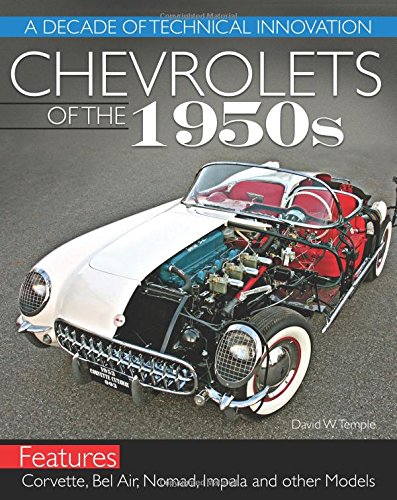
As the 1950s dawned, General Motors focused its industrial might on producing revolutionary rather than evolutionary cars with the ultimate goal to become the clear market leader in the automotive industry. To accomplish this goal, the company designed, developed, and consistently released innovative automotive technology. During the decade, Chevrolet introduced the small-block V-8, the Powerglide automatic transmission, air-conditioning, power steering, and many other innovations that made the cars faster, more comfortable, and safer.
All of the pieces had fallen into place. General Motors had astute leadership, a brilliant engineering team, forward-thinking stylists, a massive manufacturing infrastructure, and the capability to produce cutting-edge technology. With unbridled optimism and exuberance to meet the demands of the booming U.S. economy of the 1950s, the company designed, developed, and delivered an unprecedented number of breakthrough technologies, and established the blueprint for the modern automobile.
Automotive historian and veteran author David Temple goes behind the scenes to reveal how these technologies were designed, manufactured, and installed on Chevrolet’s fine portfolio of cars: the Corvette, 1955-1957 Bel Air, Nomad, Impala, and many more. Inside General Motors, many dedicated and talented leaders who were determined to make Chevrolet cars the best on the market. Vice President of Styling Harley Earl and his team designed the 1953 Corvette concept car for the Motorama show. After receiving numerous accolades, it was rushed into production. Design chief Harley Earl used his design acumen and creative vision as he led his team to style the 1955-1957 Bel-Air. Zora Arkus-Duntov worked tirelessly and transformed the Corvette from a touring car into a genuine sports car. Ed Cole and his engineers overcame many challenges to develop the compact, efficient, and powerful Chevy small-block V-8, which continued in production for decades.
Chevrolets of the 1950s retraces the design, development, and production of these cars, but it also covers innovative vital components that were installed in them. If you have been looking for the inside story on GM’s arguably greatest decade, the models, and the technology it produced, you have found it.

“Petty signs with Ford!” Those four words tore through the racing world like a hot knife through butter while loyalists threw their hands up in disbelief. King Richard’s defection was in part because Plymouth hadn’t built a Dodge Daytona counterpart for the NASCAR circuit, in addition to the fact that Petty Enterprises wanted to be the sole racing parts distributor for Plymouth at the time. Plymouth weathered the backlash publically while privately scurrying to create a car to lure Richard back to Plymouth. That car? The 1970 Plymouth Superbird.
Production models languished on salesroom floors due in part to NASCAR having increased the homologation requirement from 500 units to 2,000. These cars were highly specialized, seen as being in excess in proportion to the hottest street cars of the period. Fast-forward to today, Superbirds are highly collectible and are the star attractions at car shows and auctions, pulling top dollar and generating real excitement. What a difference a few decades makes!
Each volume in the In Detail Series provides an introduction and historical overview, an explanation of the design and concepts involved in creating the car, a look at marketing and promotion, an in-depth study of all hardware and available options, and an examination of where the car is on the market today. Also included are paint and option codes, VIN and build tag decoders, as well as production numbers.

All air-cooled R45, R50, R60, R65, R75, R80, R90, R100, RS, RT & LS (Not GS) models 1969 to 1994 (Essential Buyer’s Guide)
There are lots of books about the classic BMW Boxers; their history, performance, lineage, and the minutiae of its specification. But none of them concentrate entirely on telling you what to look for when buying one secondhand. That’s what this book is about – it is a straightforward, practical guide to buying a used Boxer twin. It doesn’t list all the correct colour combinations for each year or analyse the bike’s design philosophy – there are excellent books listed at the end of this one that do all of that – but it will help you avoid buying a dud. Point by point, it takes the reader through everything that needs looking at when buying a Boxer, plus spares prices, which is the best model to buy for your needs, and a look at auctions, restorations and paperwork
The last of the ‘classic’ air-cooled Boxer twins, these bikes are now collector’s items, and many have been saved, restored and continue to be ridden – this book tells the reader how to be part of the Boxer’s ongoing story.














